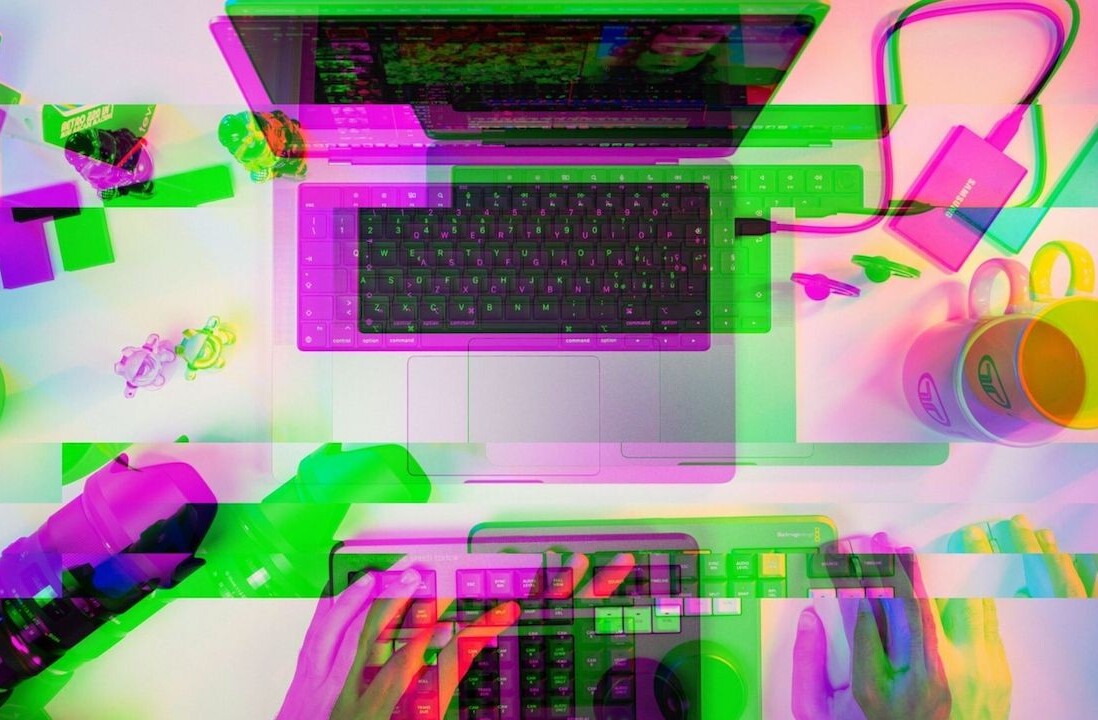
In modern workplaces, the chances are you will perform your daily duties from behind a desk. Gone are the days of conversations by the water-cooler, that’s been replaced by email and instant messaging. In fact any task that required you to get up from your desk has likely been stopped in the interest of reducing the time spent away from your computer.
With all that time spent at a computer, your body isn’t getting the chance it needs to shake out those muscular aches and pains but it also doesn’t have the opportunity to burn off calories that have been added whilst you snacked at your computer.
Nothing beats getting up from your desk and stretching those legs, but if you have to spend an inordinate amount of time at a computer and need ways to stay healthy whilst doing so, we have you covered.
1. Drink Plenty Of Water
Drinking water will not only ensure the body is hydrated, it also contains no calories and, if drunk shortly before a meal, could reduce the amount that you eat. Water is a natural way to keep your skin nourished and will remove toxins from your body, especially in your kidney, where liquid waste needs to be diluted before it is removed.
2. Move Around As Much As You Can
The human body isn’t designed to remain static, or kept in one position for a long period of time. According to the Mayo Clinic your body will be able to sit in one position for about 20 minutes before you need to move, and with you sitting at your desk for longer periods than this, it is advisable to move around as much as you physically can to ensure you don’t leave your desk with aching muscles or a bad back.
To combat this, make sure you get up from your desk, stand and stretch and walk around. If you can’t get away from your desk, make sure you adopt a new sitting position that keeps you parallel with your desk and the floor, making sure to support your back.
3. Adopt The Optimal Seating Position
Perhaps the easiest thing a person can do to minimise injuries at their desk is to position themselves correctly at their computer, not only will it remove aches and pains but it could also increase productivity as a result.
To find your optimal seating position, make sure that you have your chair set at the correct height so that your eyes are level with the top of your screen and your knees slightly lower than the angle of your hips. Position your computer so it is directly in front of you (around 20 inches away), let your wrists rest on the desk and sit with your feet flat on the floor.
The position you adopt needs to keep your neck, back and shoulders relaxed. Despite this, you should always take regular breaks or follow the points in Step 2.
4. If You Don’t Want To Sit, Stand
The jury is still out as to whether standing desks are beneficial to your health if used exclusively, but there is no doubt that it helps boost your blood pressure and bloody sugar over people who sit all day.
The New York Times’ Olivia Judson explains the advantages of such a desk:
Standing in one place is hard work. To stand, you have to tense your leg muscles, and engage the muscles of your back and shoulders; while standing, you often shift from leg to leg. All of this burns energy.
It is argued that when you sit, your metabolism slows down.
However, Canadian Centre for Occupational Health and Safety says standing also has implications on your health:
Working in a standing position on a regular basis can cause sore feet, swelling of the legs, varicose veins, general muscular fatigue, low back pain, stiffness in the neck and shoulders, and other health problems.
Users of standing desks have suggested keeping a bar stool or high chair close for when they feel tired. As with anything, keeping mobile is key.
5. Clean Your Keyboard And Mouse Regularly
In 2008, the BBC reported that some computer keyboards harbour more harmful bacteria than a toilet seat. During tests, consumer group Which? found that keyboards taken from London offices carried bugs that could cause food poisoning.
If you work through your lunchbreak or eat at your desk, you are only adding to the bugs and germs that are already on your keyboard. If you are sick, cold germs can lay dormant on a keyboard or mouse and can be picked up by a coworker if they come to use them (the same for you if you use their computer).
You can’t keep your keyboard spotless but making sure it gets a regular clean (under the keys if possible), could save you from getting that terrible office cold.
6. De-clutter Your Desk
Staying healthy isn’t limited to your physical wellbeing, you can also take steps to make sure you are less stressed whilst working from your desk.
According to a post by Staci Wallace, “a messy desk and disorganized office environment could very well be the cause of deeper issues in life”:
According to researchers at NEC-Mitsubishi, a computer-monitor manufacturer, many office workers are suffering from IDS, irritable desk syndrome (IDS), which can cause chronic pain, loss of productivity and other physical and mental symptoms. IDS is actually a sickness associated with working long hours at a cluttered desk (often with poor posture, as well).
In a recent study of 2,000 office workers, researchers found that 40 percent said they were “infuriated by too much clutter and paper on their desks but could not be bothered to do anything about it.
To combat this, Wallace suggests that you should overhaul what you store in your desk, taking everything out and then being strict about what makes the cut back into the drawer. Follow this by clearing up the visible clutter, placing value on your open space and making dedicated spaces for your paperwork and pens.
Follow these steps and become a lot more comfortable working from your desk.
Get the TNW newsletter
Get the most important tech news in your inbox each week.





